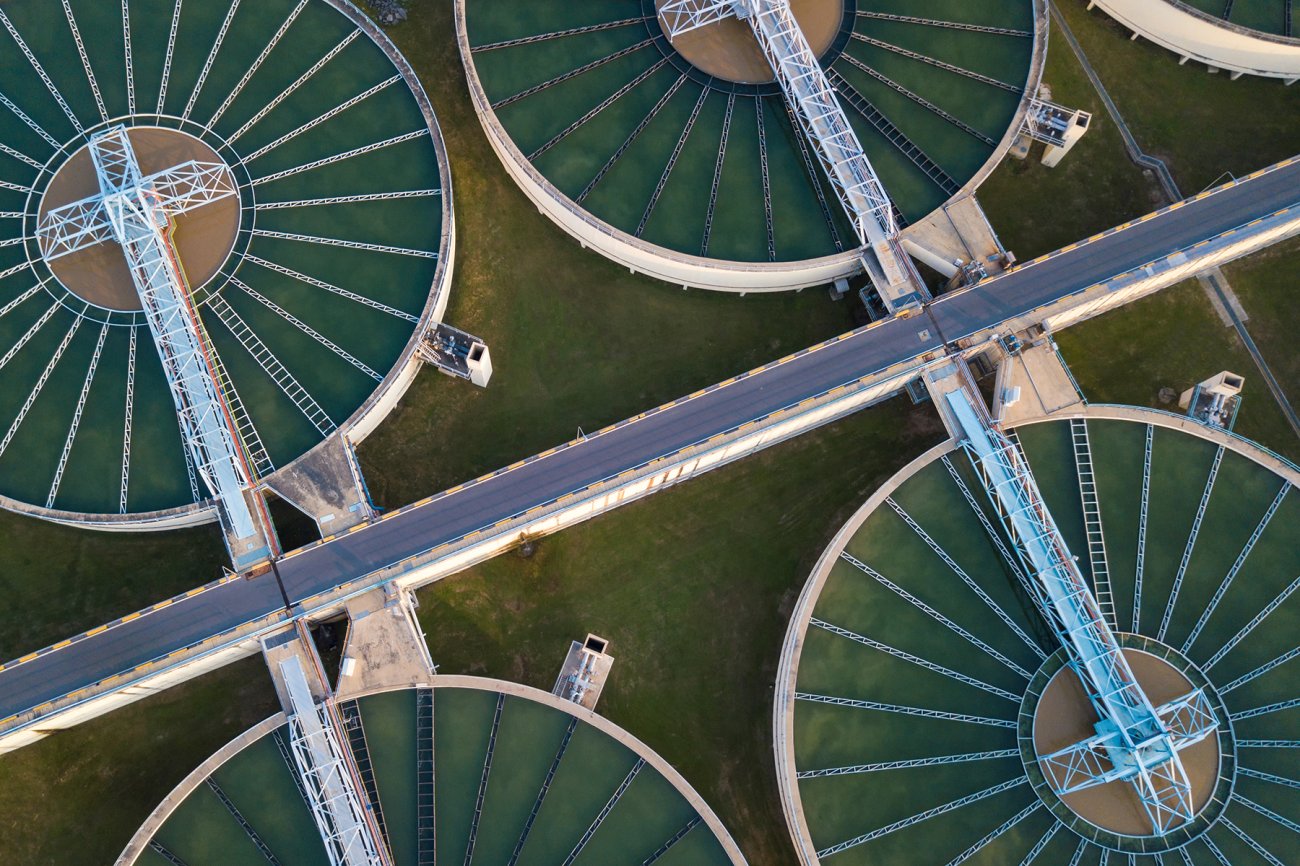Reclaim Waste - Questions
Reclaim Waste - Questions
Blog Article
What Does Reclaim Waste Mean?
Table of ContentsIndicators on Reclaim Waste You Need To KnowThe 5-Minute Rule for Reclaim WasteSee This Report about Reclaim WasteUnknown Facts About Reclaim WasteSome Of Reclaim WasteThe Of Reclaim Waste

Never ever put unsafe substances down sinks, bathrooms or stormwater drains Materials consisting of fuel, grease, oil, pesticides and herbicides, and solvents such as paint pole dancers ought to not be put down sinks, commodes or stormwater drains. These compounds are tough to remove in the sewage treatment procedure and create pollution issues in our neighborhood rivers.

Although liquid waste is a term that covers a broad range of products, there's an excellent reason that leaving its disposal to the experts is recommended. Liquid waste is non-solid material that has no additional usage and has to be dealt with and taken care of according to local, state and federal policies.
How Reclaim Waste can Save You Time, Stress, and Money.
Instances of fluid waste can consist of wastewater, fats, oils or oil, used oil, liquids, solids, gases or sludges and harmful house liquids, there are some that are considered to be a lot more unsafe than others when it comes to the setting and the health and wellness of animals and human beings alike. It's because of this that each state and area have stringent policies linked to fluid waste management.
Fluid waste can be kept in holding tanks or packaged in drums, intermediate mass containers or approved little containers before either being dealt with or removed using outsourced vacuum trucks. Offered the nature of the products, liquid waste can not enter the basic waste stream and there are strict policies on just how to get rid of it properly.
(https://hearthis.at/leon-aube/set/reclaim-waste/)Relying on a determination of the degree of risk, it might be required to remediate those websites. Additionally, hazardous fluid chemical wastes are regulated waste and needs to be tracked based on the state waste regulations. Under the chain of custodianship and responsibilities, proprietors are responsible and accountable for waste generated by a service.
One of the core applications for superabsorbent polymers (SAPs) is liquid waste solidification. liquid waste removal. SAPs are utilized by waste administration specialists to avoid possibly damaging liquids from entering rivers, groundwater aquifers, and other sensitive settings. Since fluids can quickly transfer pollutants right into environmental receptors and potentially add to geotechnical failings, fluid wastes are generally forbidden from disposal in land fills
8 Simple Techniques For Reclaim Waste
Basically, totally free liquids are liquids that separate from the strong section of waste product. Fluid waste can consist of the following: HDD mud and cuttings Land fill leachate Wastewater therapy sludge & biosolids Dug up sediments Oil and gas drill cuttings Clearing up pond muck Hydro Excavation slurry Coal combustion residuals/ash Tank bottom sludge Concrete grinding/polishing slurry Related Article: For a useful example of totally free liquids separating from waste material, think about the complying with situation: A waste administration professional tons a dump truck with sludge from a wastewater treatment plant's oygenation container, throughout a regular maintenance occasion.
Nonetheless, when the chauffeur reaches the land fill, he notifications water leaching from the sludge and pouring from the dump vehicle. The lots was denied by the garbage dump and the driver was compelled to dispose of the waste as a fluid waste at a special center, which boosted the disposal fees tremendously.
We additionally need to be accountable for the proper disposal of our waste products. It is not sufficient that we pay waste disposal companies to take treatment of our rubbish.
The Single Strategy To Use For Reclaim Waste

The dreamland is a great exterior room with a lot of sunshine and air. Segregate your waste. Segregating your waste can begin inside the home. Set apart dry and liquid waste along with edible waste, naturally degradable and non-biodegradable products. Constantly maintain the lid on your bins to prevent pests, worms, flies, and unpleasant odours.
Layer the base with dirt to soak up the damp waste. Layer the compost with damp and dry waste as well as dirt to preserve a balance in between the damp and the completely dry.
Reclaim Waste Can Be Fun For Anyone
To promote faster decomposition, you can likewise include semi composted soil to the compost. If you discover the smell is becoming also strong, include More Bonuses additional newspapers and paper waste or include more openings to the compost container to keep the balance of the waste products.
We additionally need to be liable for the appropriate disposal of our waste products. It is not enough that we pay waste disposal firms to take care of our rubbish.
Our waste, our obligation. Have you ever wondered what occurs to your fluid waste after it's collected? Did you recognize that liquid waste can be reused?
Fascination About Reclaim Waste
Segregating your waste can begin inside the home. Set apart dry and liquid waste as well as edible waste, biodegradable and non-biodegradable materials.
You can use old trash can, bucket, garden pot or old plastic drums. Pierce 4 to 5 openings in the container so the air can distribute. Layer all-time low with soil to take in the wet waste. Begin the composting procedure. Layer the garden compost with damp and dry waste in addition to soil to preserve an equilibrium between the wet and the dry.
Cover the compost bin. As soon as a week, include dirt in addition to the garden compost. To help with faster decomposition, you can also include semi composted soil to the compost. Keep the compost. If you notice the scent is ending up being too solid, add added papers and paper waste or add even more holes to the garden compost container to keep the equilibrium of the waste products.
Report this page